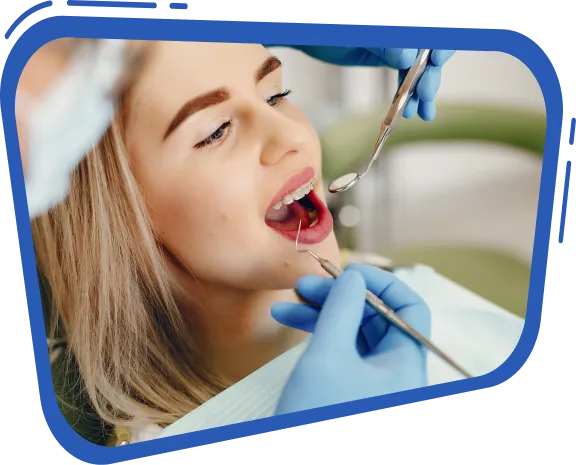Wisdom teeth removal is a standard dental procedure that many undergo. If you’re preparing for it or supporting someone who is, understanding the process helps reduce uncertainty and makes recovery easier. Here are some straightforward steps so you’ll know what to expect during a tooth extraction:
Anesthesia to Manage Pain
Before the extraction begins, a dentist administers anesthesia to manage pain and keep you comfortable during the procedure. Depending on the complexity of your case, dentists offer three widely used options. Local anesthesia numbs the specific area of the mouth being treated. For more extensive extractions, a dentist will give anesthesia to help you relax while numbing the pain. Lastly, dentists choose general anesthesia if you need to be asleep throughout the entire process. Each method makes sure you won’t experience discomfort during the procedure itself. Discussing your preferences with your dentist helps them tailor the approach to suit your needs.
Extraction Process Broken Down
Once the anesthesia takes effect, it’s time to remove the wisdom teeth. The dentist or oral surgeon begins by making a small incision in the gum tissue around the impacted tooth. If a tooth hasn’t fully emerged or is positioned awkwardly, it may be carefully broken into smaller sections for easier removal. The process is detailed but efficient, and dentists complete all steps to protect the surrounding tissue.
Suture and Cleaning Process
After the teeth are removed, the surgical site is sutured to promote healing and prevent food particles from entering the area. Stitches may be dissolvable or require removal a few days later. Once stitching is complete, the area is thoroughly cleaned to reduce the risk of infection. Gentle rinsing with antiseptic solutions is often part of this step, so that the surgical site is prepped for healing. By this stage, the most challenging parts of the procedure are already behind you.
Recovery and Aftercare Tips
The recovery period is straightforward with proper care and attention. Managing swelling in the first 48 hours is helped by applying an ice pack to the cheeks in 20-minute intervals. Here are some tips for recovery:
- Stick to Soft Foods: Opt for options like mashed potatoes, yogurt, and applesauce to minimize irritation to the surgical site.
- Avoid Hot Drinks and Crunchy Foods: Stay clear of these items for the first few days post-surgery.
- Prioritize Rest: Get ample rest during the first 24 hours for a smoother recovery.
- Stay Upright: Maintaining an upright position can help reduce swelling more quickly.
Maintaining oral hygiene without disturbing healing areas is possible with minor adjustments. Use a saltwater rinse rather than brushing directly over the stitches. This keeps the area clean while preventing unnecessary irritation. Hydration plays a role, too, so be sure to sip on water throughout the day. Remember to skip using straws to avoid disrupting blood clots.
Schedule an Appointment for Wisdom Teeth Removal
Wisdom teeth removal is a significant oral surgery procedure, but breaking it down step by step can make the experience manageable. From anesthesia to aftercare, each element of the process contributes to a smooth recovery. With a bit of preparation and the proper support, you’ll be back to your routine. Schedule an appointment with a dental specialist.
- EA Fitness – Transform Your Health Today!
- Why Is Mental Health Important – Transform Your Life By Prioritizing It!
- How To Improve Gut Health – Boost Digestion, Energy & Immunity!
- Is Coffee Beneficial To Health – Expert Insights You Can’t Afford To Miss!
- TimesHealthMage Diet Plans For Diabetics – Manage Blood Sugar The Smart Way!


Leave a Reply